Hardy Bamboo Varieties: Growing Cold Hardy Bamboo Plants
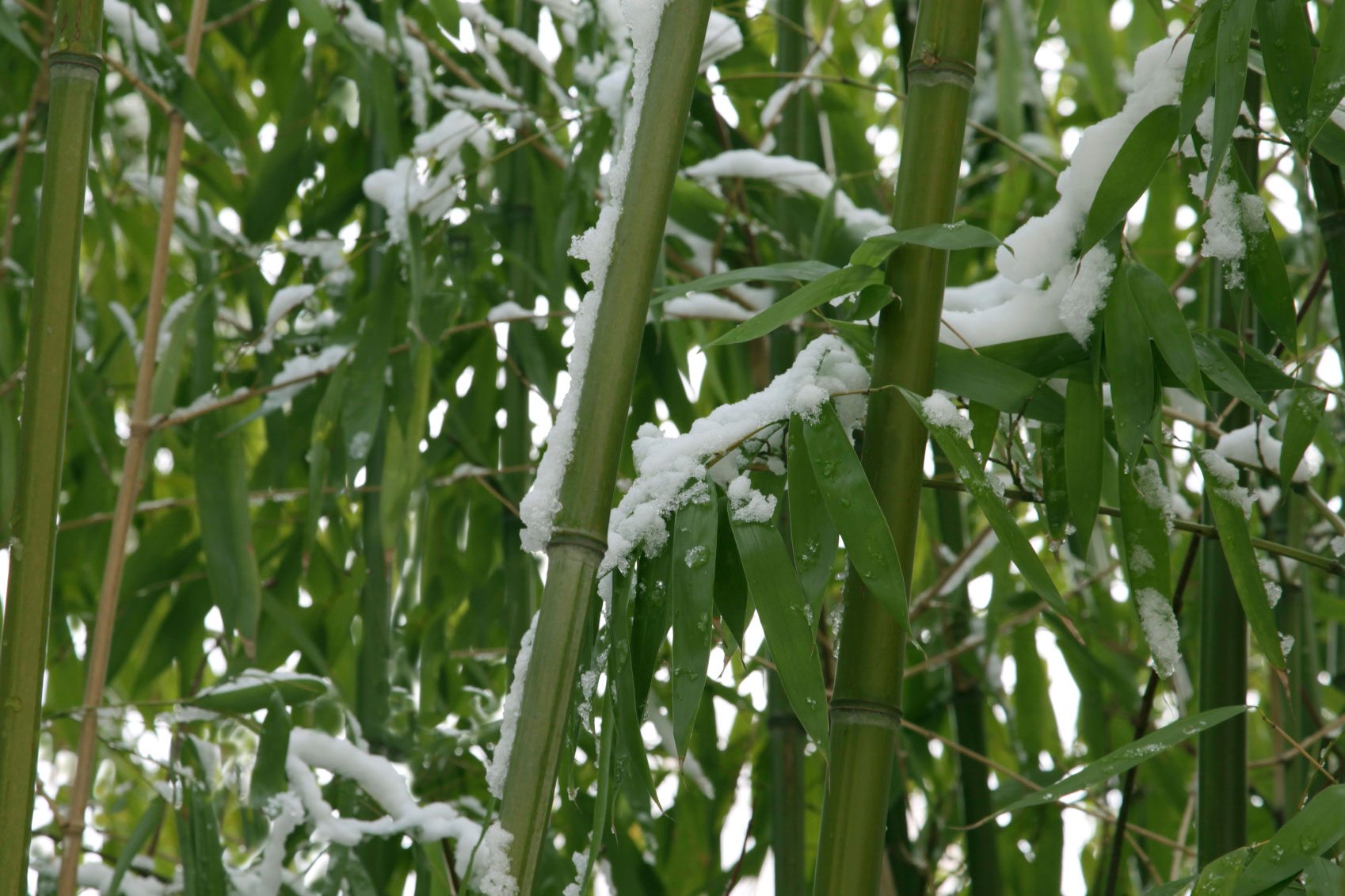
When I think of bamboo, I recall the forests of bamboo on a Hawaiian vacation. Obviously, the weather there is consistently mild and, thus, the cold tolerance of bamboo plants is nil. Since most of us don't live in such a paradise, growing cold hardy bamboo plants is a necessity. What are some cold weather bamboo varieties suitable for the colder USDA zones? Read on to find out.
About Cold Hardy Bamboo Varieties
Bamboo, in general, is a fast-growing evergreen. They are two ilks: Leptomorph and Pachymorph.
- Leptomorph bamboos have monopodial running rhizomes and spread vigorously. They need to be managed and, if not, are known to grow rampantly and willfully.
- Pachymorph refers to those bamboos that have sympodial clumping roots. The genus Fargesia is an example of a pachymorph or clumping variety that is also a cold tolerant bamboo variety.
The hardy bamboo varieties of Fargesia are native understory plants found in the mountains of China under pines and along streams. Until recently, only a couple of species of Fargesia have been available. F. nitida and F. murieliae, both of which flowered and subsequently died within a five year period.
Cold Hardy Bamboo Plant Options
Today, there are a number of hardy bamboo varieties in the genus Fargesia that have the highest cold tolerance for bamboo plant cultivars. These cold tolerant bamboos create gorgeous evergreen hedges in shade to partial shaded locations. Fargesia bamboos grow to a height of 8 to 16 feet (2-5 m.) tall, depending upon the variety and are all clumping bamboos that do no spread more that 4 to 6 inches (10-15 cm.) per year. They will grow almost anywhere in the United States, including the southern to southeast climactic zones where it is very hot and humid.
- F. denudate is an example of these cold weather bamboos that has an arching habit and is not only cold tolerant but tolerates heat and humidity as well. It is suitable to USDA zone 5 through 9.
- F. robusta (or ‘Pingwu') is an upright bamboo with a clumping habit and, like the previous bamboo, handles the heat and humidity of the southeastern United States. ‘Pingwu' will do well in USDA zones 6 through 9.
- F. rufa ‘Oprins Selection' (or Green Panda), is another clumping, cold hardy and heat tolerant bamboo. It grows to 10 feet (3 m.) and is hardy to USDA zones 5 through 9. This is the bamboo that is the favorite food of the giant panda and will grow well in most any environment.
- A newer varietal, F. scabrida (or Asian Wonder) has narrow leaves with orange culm sheaths and steel-blue stems when young that mature to an olive green. A good selection for USDA zones 5 through 8.
With these new varieties of cold hardy bamboos, everyone can bring a little piece of paradise into their home garden.
Gardening tips, videos, info and more delivered right to your inbox!
Sign up for the Gardening Know How newsletter today and receive a free copy of our e-book "How to Grow Delicious Tomatoes".

Amy Grant has been gardening for 30 years and writing for 15. A professional chef and caterer, Amy's area of expertise is culinary gardening.
-
 Looking For Plants To Give You The Soft And Fuzzies? Try These 5 Fuzzy Leaf Plant Options
Looking For Plants To Give You The Soft And Fuzzies? Try These 5 Fuzzy Leaf Plant OptionsLovers of texture, drama, silver foliage and tactile plants will adore these special sensory garden additions. These fuzzy leaf plant options will leave you all aglow
By Susan Albert
-
 Get Ready For A Summer Of Hummers! Grow These Full Sun Hummingbird Plants and Flowers
Get Ready For A Summer Of Hummers! Grow These Full Sun Hummingbird Plants and FlowersIf you’re lucky enough to enjoy a sunny backyard, make sure you are maxing out on your pollinator opportunities and grow these full sun hummingbird plants and flowers
By Tonya Barnett
-
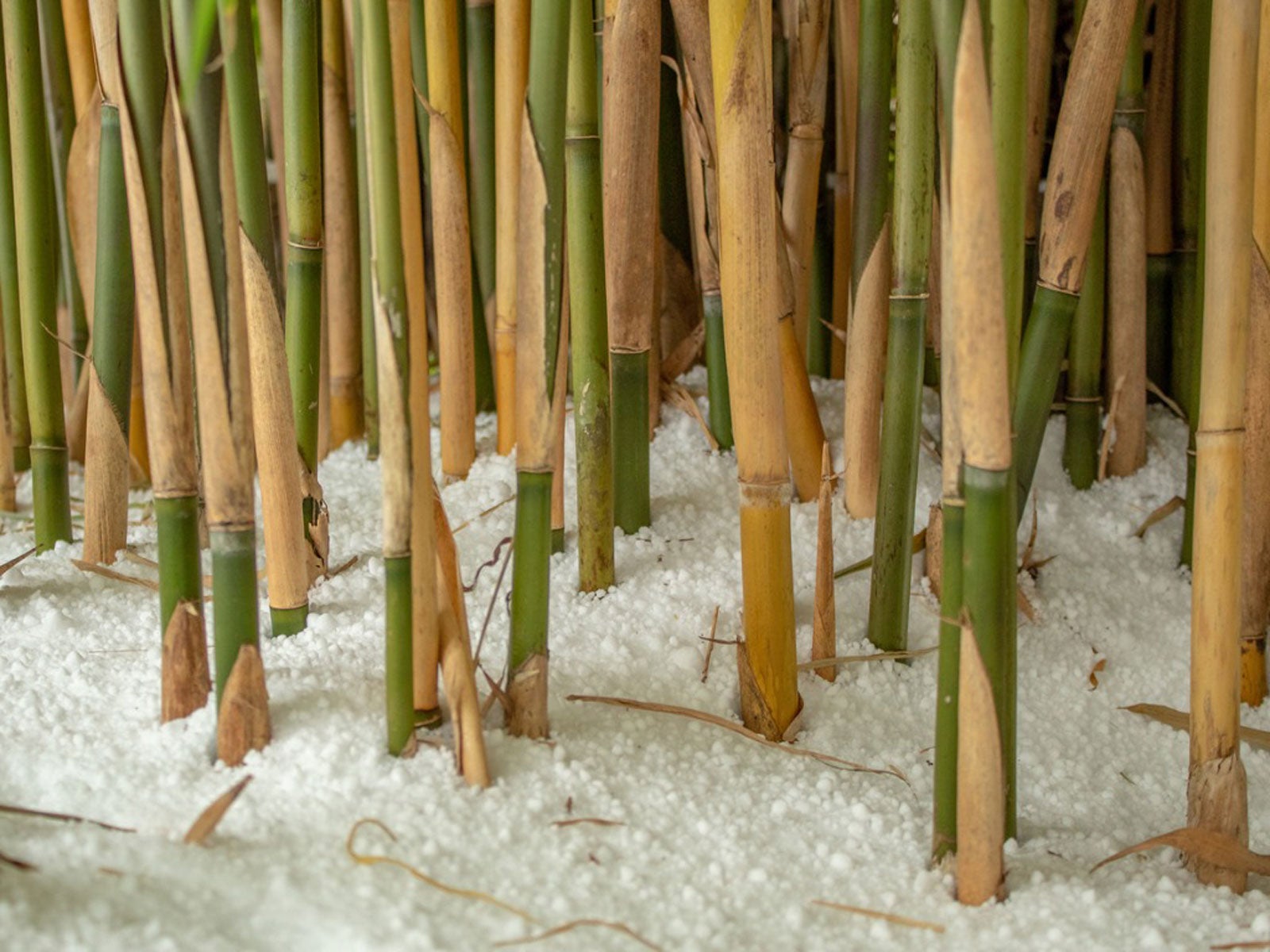 Bamboo Winter Care – How To Winterize Bamboo Plants
Bamboo Winter Care – How To Winterize Bamboo PlantsWinterizing bamboo is important to facilitate continued growth again in spring. Click here to get some tips for your bamboo during winter.
By Becca Badgett
-
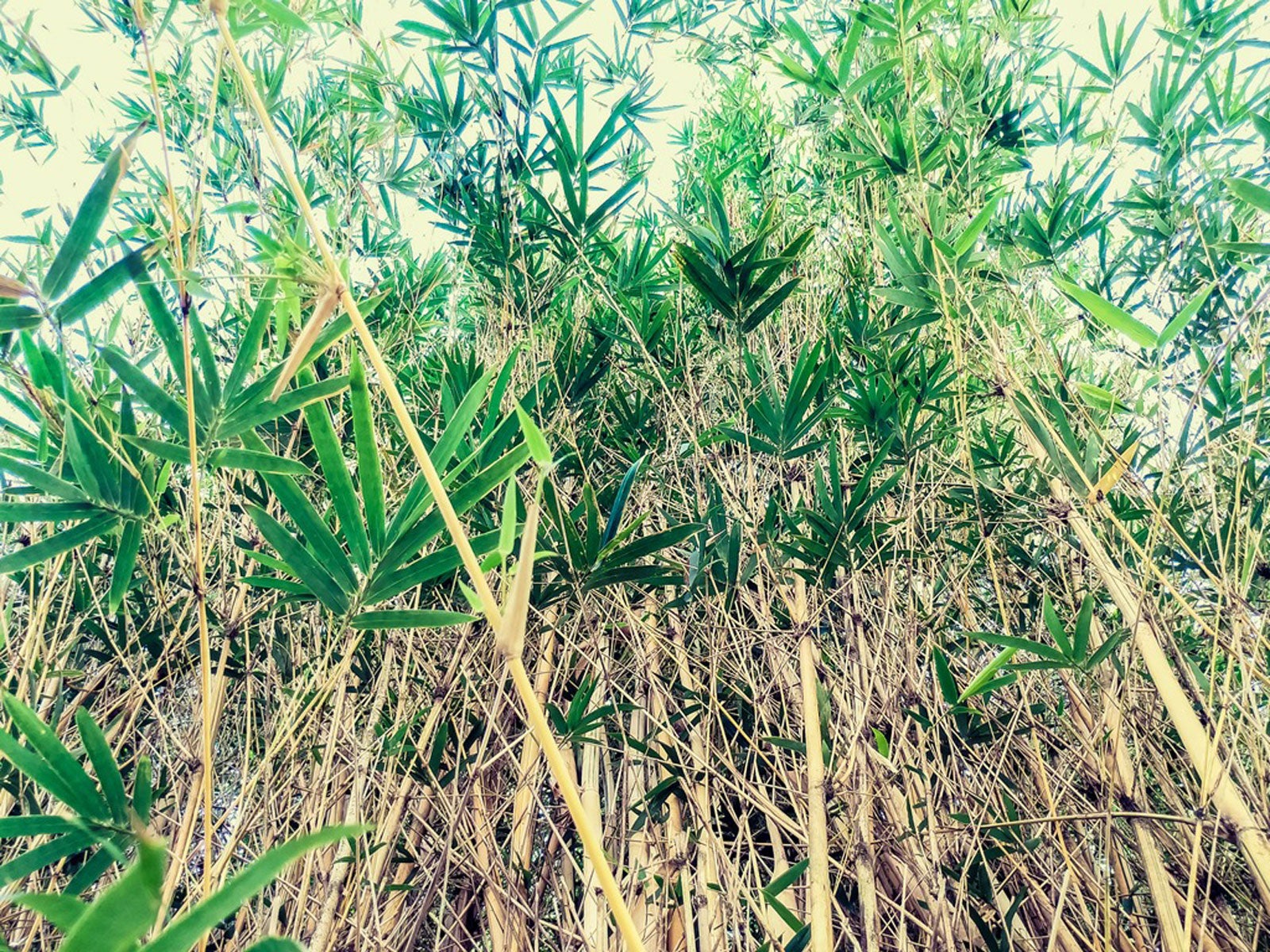 Desert Bamboo Varieties – Growing Bamboo In The Desert
Desert Bamboo Varieties – Growing Bamboo In The DesertGrowing bamboo in the desert or finding one desert climates starts with the right plant selection. Click here for choices that do well in arid climates.
By Becca Badgett
-
 Large Bamboo Division: Learn When To Split Potted Bamboo Plants
Large Bamboo Division: Learn When To Split Potted Bamboo PlantsBamboo plants are wonderful plants to grow in pots. Many varieties are invasive when planted in the ground, so growing them in pots is a great solution, but they will grow pretty quickly and can be a challenge to repot. This article can help with that.
By Raffaele Di Lallo
-
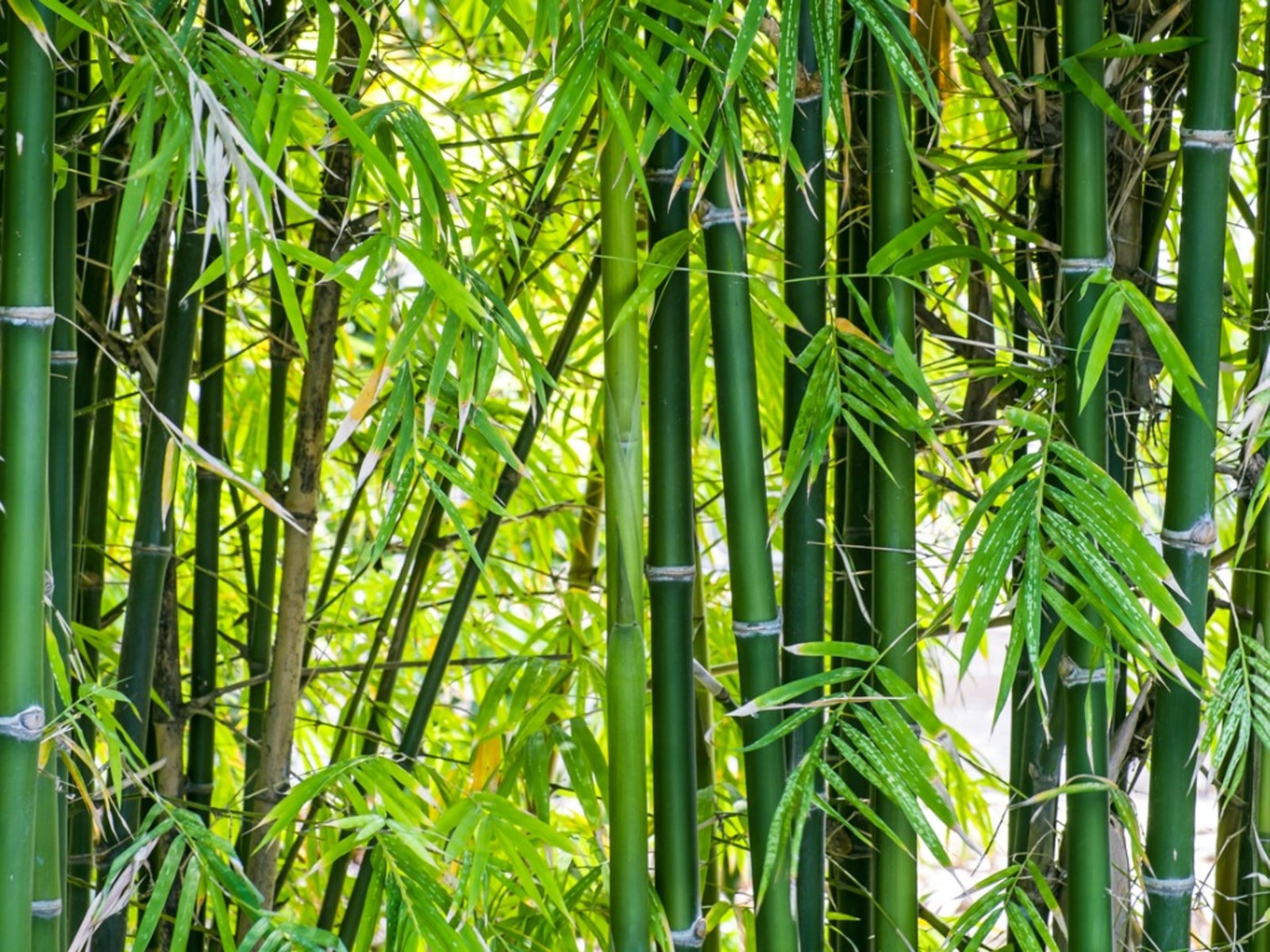 Bamboo Mite Information – Learn How To Kill Bamboo Spider Mites
Bamboo Mite Information – Learn How To Kill Bamboo Spider MitesWhat are bamboo mites? Native to Japan, bamboo mites are troublesome little pests that feed on bamboo and a few grasses in the bamboo family. Managing bamboo mites isn?t easy, but it?s possible. You can learn more about bamboo mite control in the following article.
By Mary H. Dyer
-
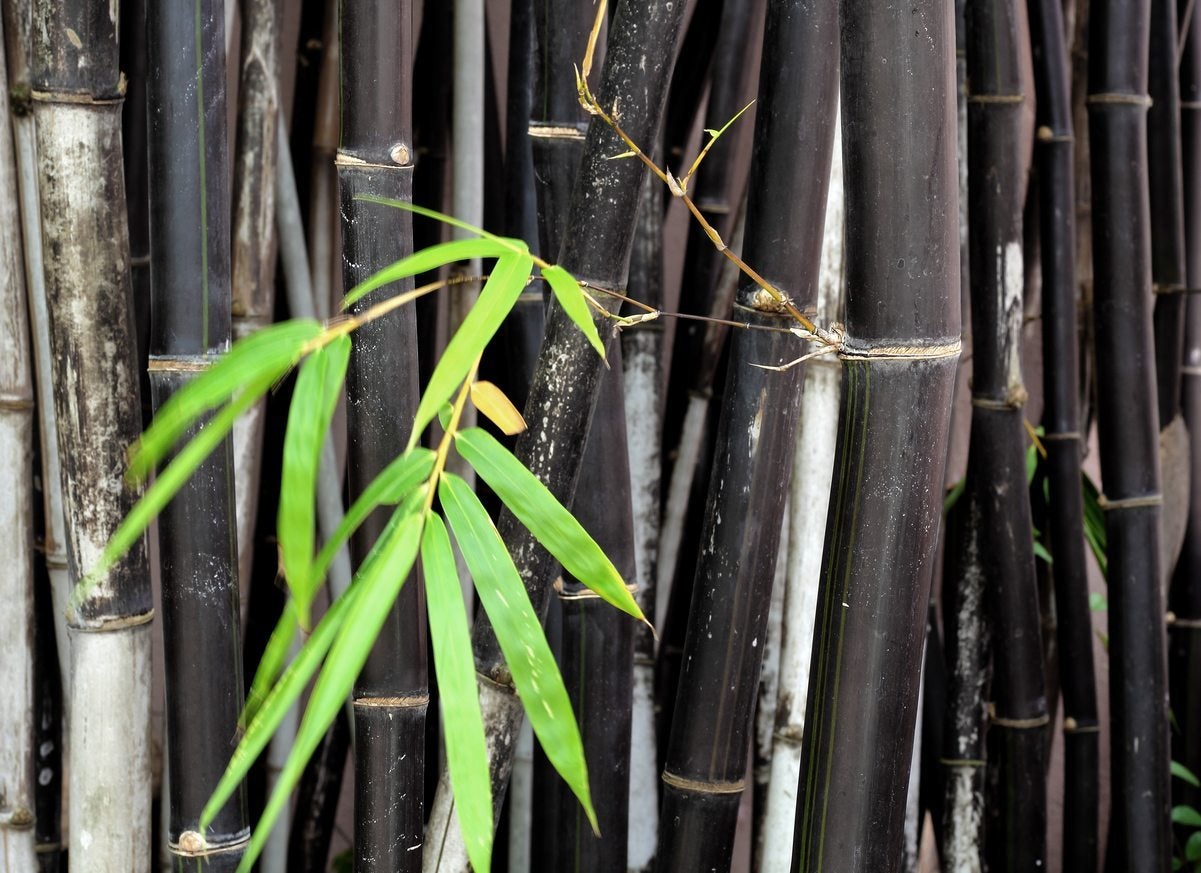 Black Bamboo Info: Tips On Growing Black Bamboo
Black Bamboo Info: Tips On Growing Black BambooWhile bamboo provides the instant gratification of being a fast grower, some varieties of bamboo can become very invasive and grow out of control. Is black bamboo invasive? Click on this article for the answer and learn how to care for black bamboo.
By Shelley Pierce
-
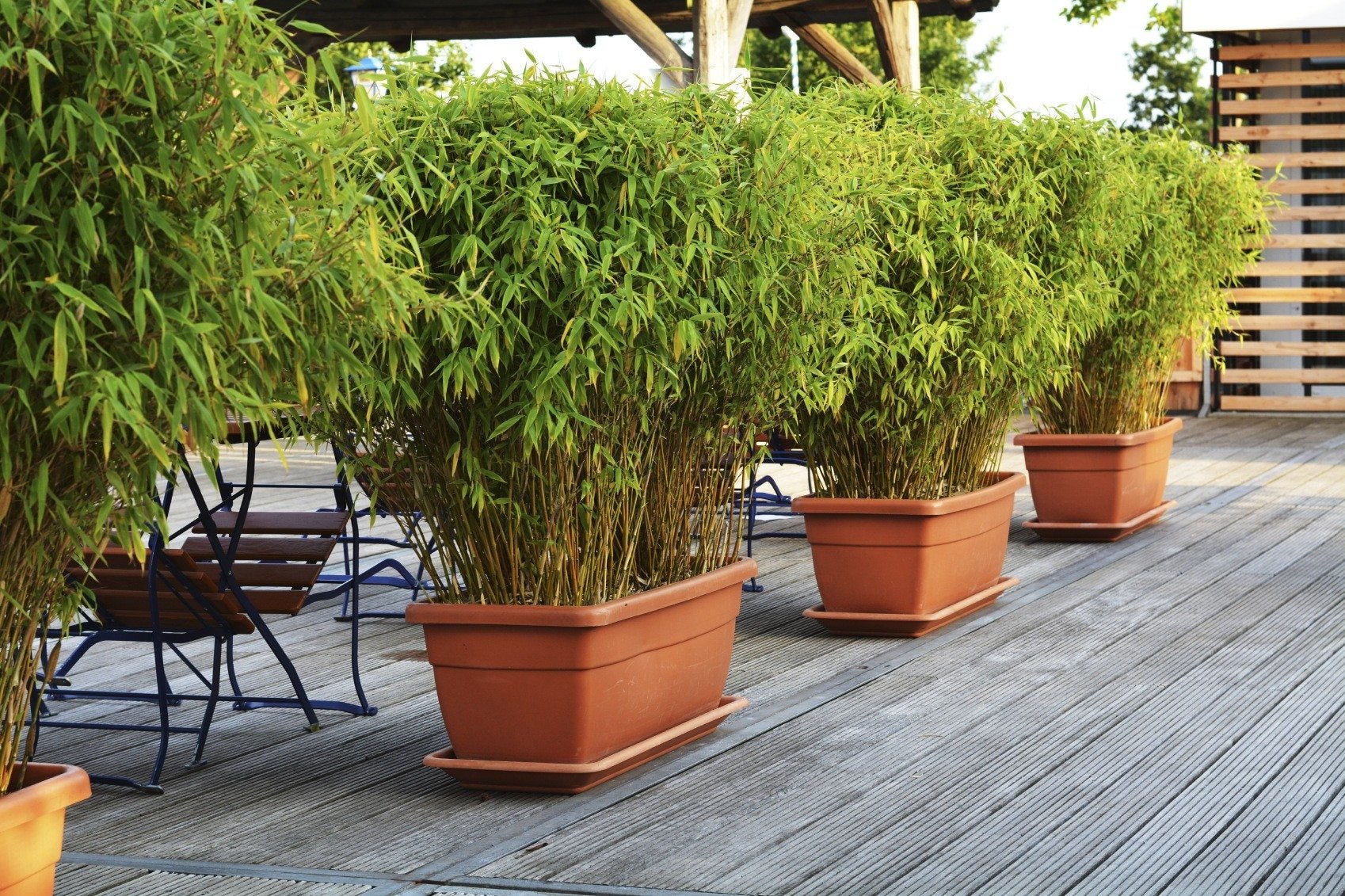 Growing Bamboo In Pots: Can Bamboo Be Grown In Containers
Growing Bamboo In Pots: Can Bamboo Be Grown In ContainersBamboo gets a bad rap. There's one surefire way to prevent their rhizomes from getting all over your yard: growing bamboo in pots. Click this article to learn more about container grown bamboo and caring for bamboo in pots.
By Liz Baessler
-
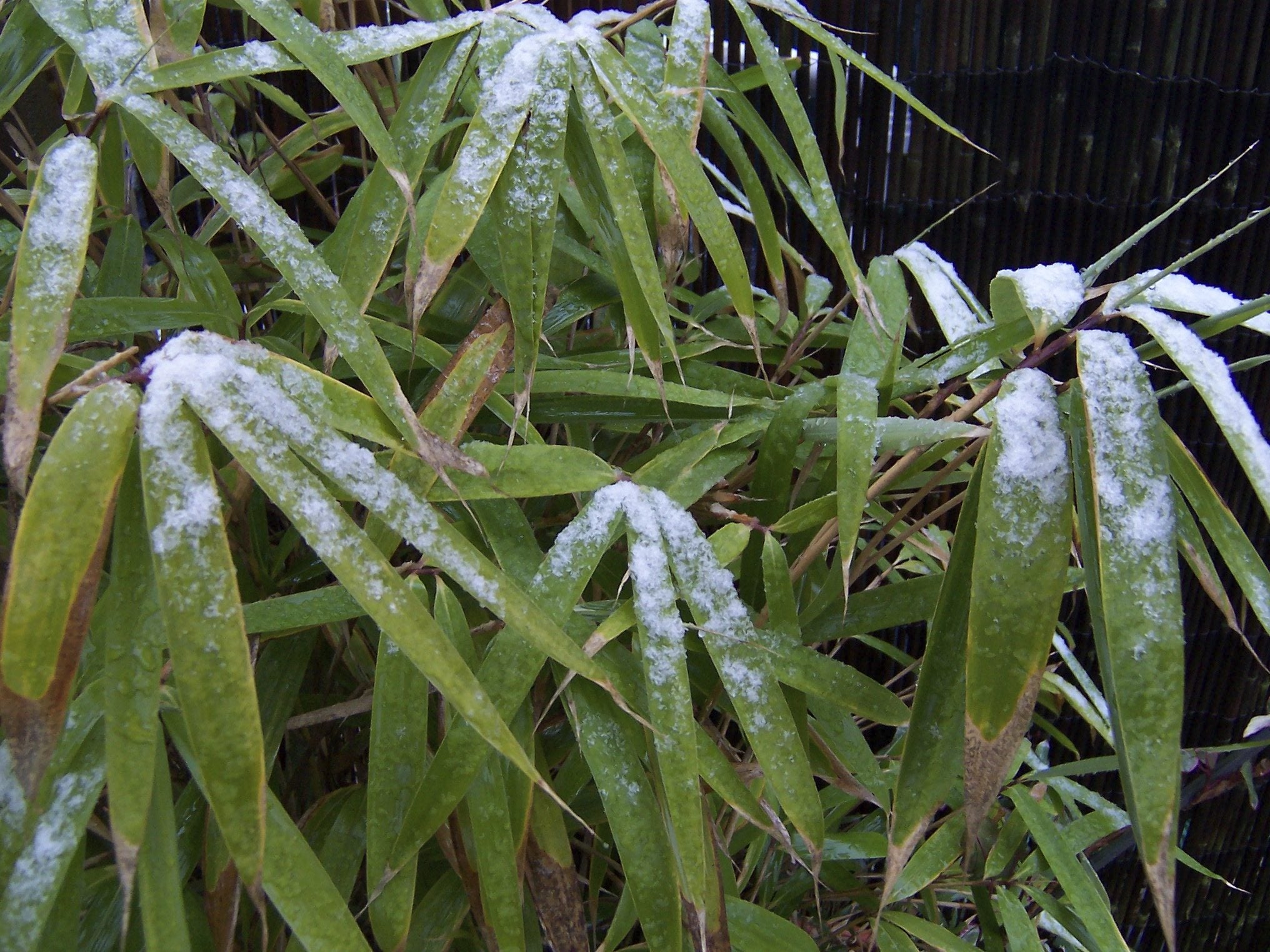 Bamboo With Brown Tips: Reasons Why Bamboo Plant Tips Are Brown
Bamboo With Brown Tips: Reasons Why Bamboo Plant Tips Are BrownMy bamboo is turning brown; is that normal? The answer is - maybe, or maybe not! If you?re noticing your bamboo plant tips are brown, it?s time to do some troubleshooting to determine the cause. This article can help with that.
By Mary H. Dyer
-
 Bamboo Plant Types – What Are Some Common Bamboo Varieties
Bamboo Plant Types – What Are Some Common Bamboo VarietiesIf you plan accordingly and pay attention to what variety you?re planting, bamboo can be a great addition to your garden. Take a look at this article to learn about different varieties of bamboo. Click here for more info.
By Liz Baessler